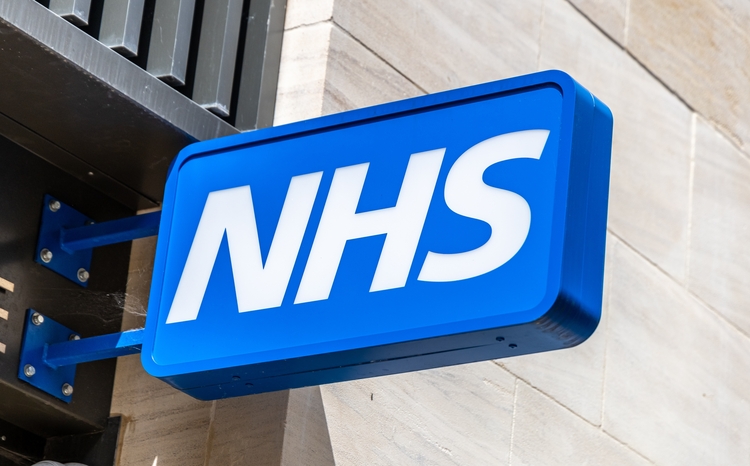NHSmail to move to Microsoft Exchange
- 11 July 2007
NHSmail, the email and directory service for the NHS, will undergo a technology refresh, transitioning from its existing Mirapoint platform to Microsoft Exchange 2007, Cable & Wireless has announced.
The company, who have maintained the NHSmail service for Connecting for Health since 2004, says they became aware of Microsoft Exchange 2007 last December and began a review to see if they should exercise their right to perform a technology refresh on the service.
“The technology originally deployed was found to be the most appropriate solution available at the time; however, rapid advances in technology have meant that new and alternative options have become available which better meet the evolving requirements of the service,” Richard Budd, Programme Manager for NHSmail at Cable & Wireless told EHI.
C&W say the transition to the new platform will have multiple benefits to NHS staff and clinicians, he added.
“Most people are already familiar with Microsoft e-mail technology, but there will be multiple benefits from moving to Microsoft Exchange 2007, not least for clinicians the ability to put e-mails and wireless synchronization to mobile devices using the Exchange synchronisation.
“There will also be the improvements through the use of the calendar, flags system and an increased disaster recovery capability. Even when the system is offline, the staff will be able to move mail into folders and store them easier. It will improve the contacts functionality, allowing managers especially to share contacts using v-cards. Spell checking facilities will be available and e-mail addresses can be saved so auto-completion lets you select an address quickly. Effectively, the transition will provide a greater range of options for e-mails and a much more modern view.”
Connecting for Health listed the benefits to EHI in a statement. “The new NHSmail service will run on Microsoft Exchange 2007 and users will benefit from such new features such as:
• ‘Push’ email and wireless synchronisation of calendar, contacts and tasks to mobile devices using Exchange ActiveSync
• A very significant number of improvements to calendars – representing a completely new presentation of the calendar to our portal users
• Increased disaster recovery capability
• The ability to ‘drag and drop’ when organising folders, emails and calendars
• The ability to make changes to accounts when offline, e.g. by moving mails between folders (if using MS Outlook)
• Improved ‘Contacts’ function – including the ability to share Contacts with colleagues
• Improved ease of use for the spell checker function
• Improved ‘Help’ facility
• A function to ‘auto-complete’ email addresses, based on previous addresses used
• Greater range of options for altering the look of emails and the way an inbox is organised.
The design, build and implementation schedule is currently being developed and will be worked through in four phases. Connecting for Health will be responsible for putting together a set of user requirements, with Cable & Wireless and Microsoft focused on planning and deployments, which will begin with a series of tests conducted with Microsoft in their Engineering Excellence Centre in Redmond, USA.
Robin Bell, head architect at Cable & Wireless told EHI: “The technology refresh will go through in four phases and we are currently focused on phase one, which is to put together a detailed list of requirements in association with CfH. Phase two will use this to put together a detailed design, phase three will involve testing and phase four will involve implementation and migration.
“Early indications are that we will be able to start phase four in spring next year with phased data migration to minimise disruption. The good thing is that with the new NHS email domains, nobody should need to change their email addresses and there should be minimal need for staff to tell people to change contact details.”
Cable & Wireless hope that the service will become more efficient for staff under the new exchange. They told EHI that as Outlook has a junk e-mail folder NHS staff should be able to filter e-mails, rather than not receive them at all. Work is being undertaken with Microsoft to customise these account settings, and web access will remain as it is.
NHSmail can currently be used with any IMAP mobile devices, which can support 128bit SSL encryption.
Bell told EHI: “Microsoft Exchange will extend the range of devices which will support mobile access, using Exchange ActiveSync functionality, clinicians will be able to view messages on the move.”
Ian Fowler, head of frameworks at Cable & Wireless added: “This will clearly enhance NHS staff’s lives. It will provide a whole new way of communication with their colleagues and even their patients outside of their standard place of work. It will increase functionality and increase productivity, which I guess will ultimately mean more time spent with patients. The best thing about this technology upgrade will undoubtedly be the high levels of functionality and viability.”
CfH said that the transition to Microsoft Exchange 2007 will bring about multiple benefits for NHS staff.
Will Moss, programme head for NHSmail at NHS Connecting for Health, told EHI: “Microsoft Exchange 2007 with Outlook Web Access 2007 (for web users) will offer NHSmail users all the advantages that the current NHSmail service offers (security, web access, 24x7x365, email address for your career) with the added advantages of higher levels of functionality and usability. Easier and better functionality increases productivity and enables the automation of a wider range of tasks – more productivity means more time with patients.
“The significant increase in functionality for NHSmail web users and the extension of the range of supported mobile devices will further enhance the working lives of the many peripatetic users in the NHS – extending the ways in which they can communicate with each other and their patients. As a result of the technology refresh NHS staff will be using the de facto standard for email services.”




